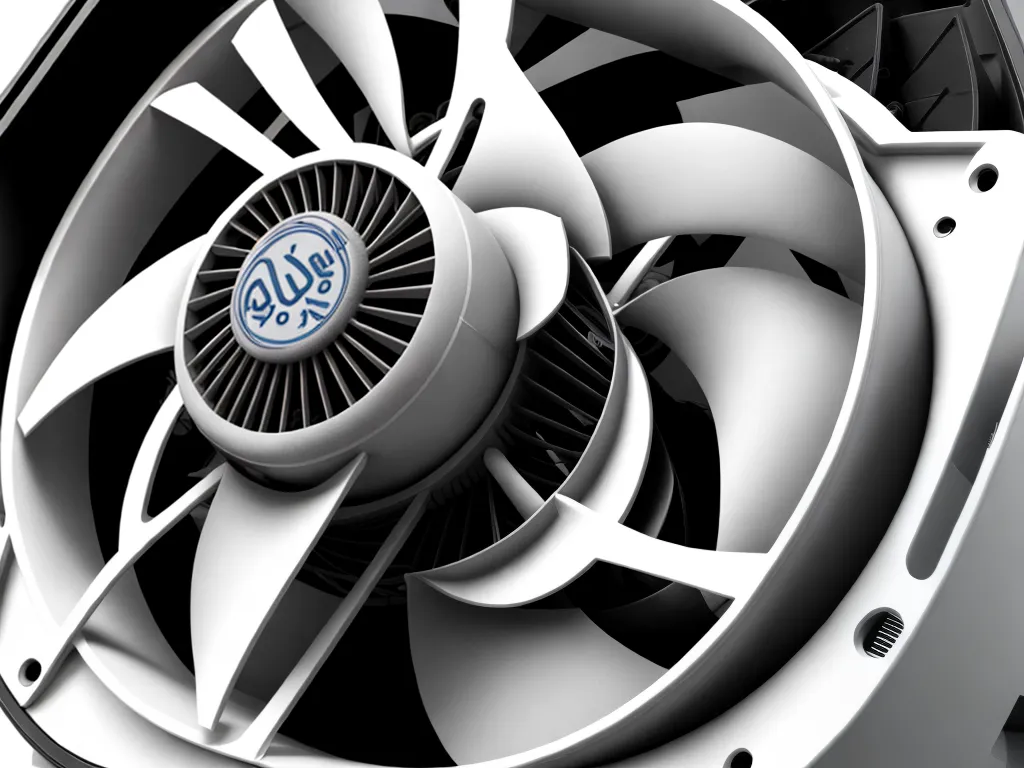
Why Computer Fans Get Noisy
Computer fans can get noisy for a few key reasons:
-
Dust buildup – Fans suck in air to cool the computer components. This air often carries dust which can build up on fan blades over time. The accumulation of dust throws off the balance of the fan blades and causes vibration and noise.
-
Worn out bearings – Fan bearings allow the fan blades to spin smoothly. But over time, these bearings can wear out, causing friction and noise during operation. Worn out bearings mean the fan needs to be replaced.
-
Obstructions – If any wires or other debris get caught in the fan blades, it can cause an imbalance and lead to noise.
-
Fan positioned close to vent – Sometimes computer cases have fans mounted too close to vent openings. The proximity causes turbulence that results in buzzing sounds.
-
Loose mounting – Fans are mounted to various parts of the computer case. If the mounting screws become loose over time, this can cause extra vibration and noise.
How To Diagnose and Fix Noisy Computer Fans
Figuring out which fan is causing noise and why can be tricky. Here are some steps to track down and fix noisy computer fan issues:
1. Locate the Noisy Fan
The first step is identifying which fan is making noise. Here are some tips:
-
Listen closely to pinpoint the source of the noise. Turn off other fans if needed.
-
Stop the fan blades temporarily with something non-conductive like a pencil. See if the noise goes away.
-
Visually inspect fans for obstructions, dust buildup, etc.
-
Use software like SpeedFan or BIOS to monitor fan speeds and identify anomalies.
2. Clean the Fan
If dust buildup is causing the noise, cleaning the fan may help quiet things down. Here’s how to clean a noisy computer fan:
-
Use compressed air – Turn off and open up the computer and use short bursts of compressed air to blow out the fan.
-
Remove the fan – For more thorough cleaning, detach the fan from the computer and use compressed air, a small brush, or cotton swabs to remove dirt from the fan blades and housing.
-
Be gentle when cleaning and do not bend the fan blades.
3. Replace Fan Bearings
Replacing worn out fan bearings requires taking the fan apart, swapping the bearing, and reassembling the unit. This is difficult and generally not worth it. Easier to just replace the entire fan.
4. Remove Obstructions
Check fan blades for any wires, cables, or other debris that may have gotten stuck in the blades. Turn off the computer and carefully remove anything obstructing the fan’s rotation.
5. Adjust Fan Positioning
If a fan mounted near a vent opening is buzzing, try adjusting the screws to move it slightly away from the vent. Or move the fan to a different mounting position on the case if possible.
6. Tighten Mounting Screws
Loose fan mounts can cause extra vibration. Tighten any loose mounting screws on the fan housing to see if this reduces noise. Just be careful not to overtighten.
7. Replace the Fan
If cleaning, adjustments and troubleshooting don’t resolve the noise, the fan is probably just worn out. Replacement fans for computers are inexpensive and widely available. Match the fan size, voltage, and connector type.
Preventing Computer Fan Noise
Here are some tips to help prevent computer fans from getting noisy in the first place:
-
Clean dust buildup regularly before it progresses too far. Compressed air is very effective here.
-
Make sure fan mounts are tightened properly on installation to reduce vibration.
-
Position fans carefully during setup. Keep a little space between fans and vent openings when possible.
-
Replace fans proactively every 2-3 years as bearings start wearing down. Don’t wait for full failure.
-
Use dust filters on intakes fans to catch more dust before it reaches the fan.
-
Keep the computer in a clean area free of dust-producing carpets, furniture, etc.
With proactive maintenance and care, you can keep computer fans spinning quietly for years before needing replacement. But if noisy fans do occur, following the troubleshooting steps outlined here should get you back to peace and quiet.












